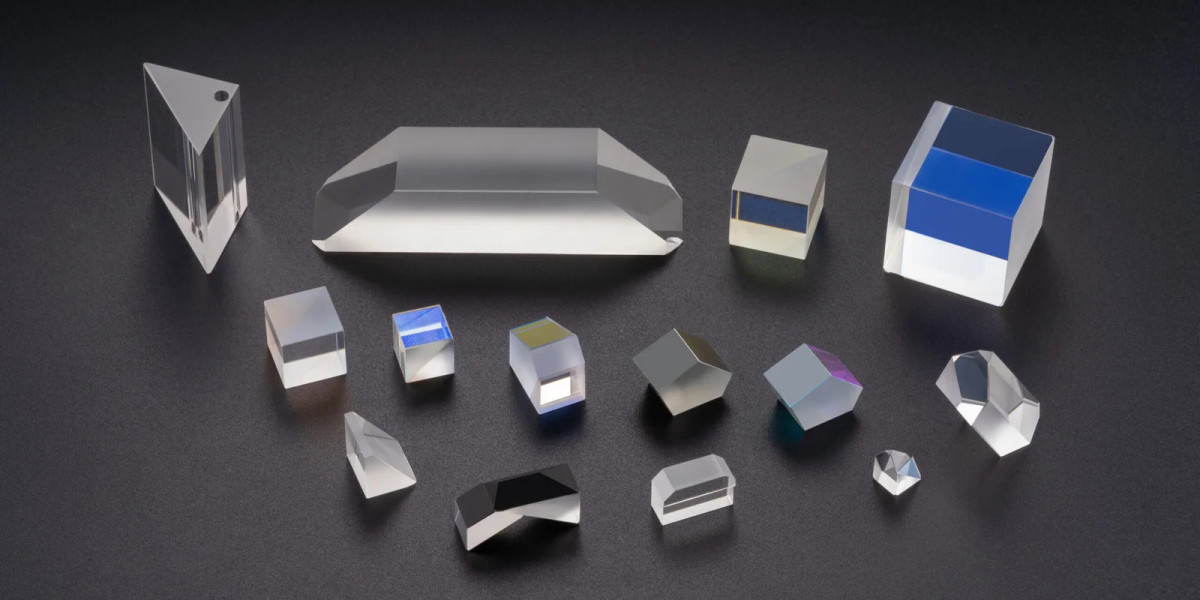In the world of optics, precision is everything—and one of the most powerful tools to achieve this is the prism. Used across scientific, industrial, and consumer applications, prisms manipulate light in ways that no other component can. From splitting beams to redirecting light, prisms are critical in both basic optics and cutting-edge technologies.
What Is a Prism?
A prism is a transparent optical element with flat, polished surfaces that refract light. It is typically made of glass, quartz, or other transparent materials. The most recognizable use of a prism is to break white light into its spectral colors, but that’s only the beginning.
Key Functions of a Prism
1. Light Dispersion
Prisms can separate white light into its constituent wavelengths (colors), making them crucial for spectroscopy and educational purposes.
2. Light Redirection and Reflection
Right-angle and pentaprisms are used to reflect or redirect light paths with minimal distortion. These are common in cameras, periscopes, and laser systems.
3. Image Rotation and Correction
Amici and Dove prisms rotate or flip images in optical systems. They're widely used in binoculars and telescopes.
Common Applications of Prisms
Spectrometers and Lab Equipment
Scientific instruments rely on prisms to analyze light composition.Photography and Cinematography
DSLR cameras use pentaprisms to direct light to the viewfinder.Laser and Fiber Optics
Beam steering and splitting tasks are executed precisely using optical prisms.Aerospace and Military Tech
Prisms help in alignment systems, guidance tools, and surveillance optics.
Why Choose a High-Quality Prism?
A precisely engineered prism ensures optimal performance with minimal loss of light and image distortion. The material, angles, and surface finish all contribute to its effectiveness. Whether you need beam splitting or image rotation, quality matters in every application.
Conclusion
A prism is far more than a triangular piece of glass—it’s a vital element in modern optical design. Whether you're building a high-end camera, designing lab equipment, or innovating in the field of augmented reality, the right prism can dramatically enhance performance. It’s time to explore how this simple yet powerful tool can elevate your next optical project.













